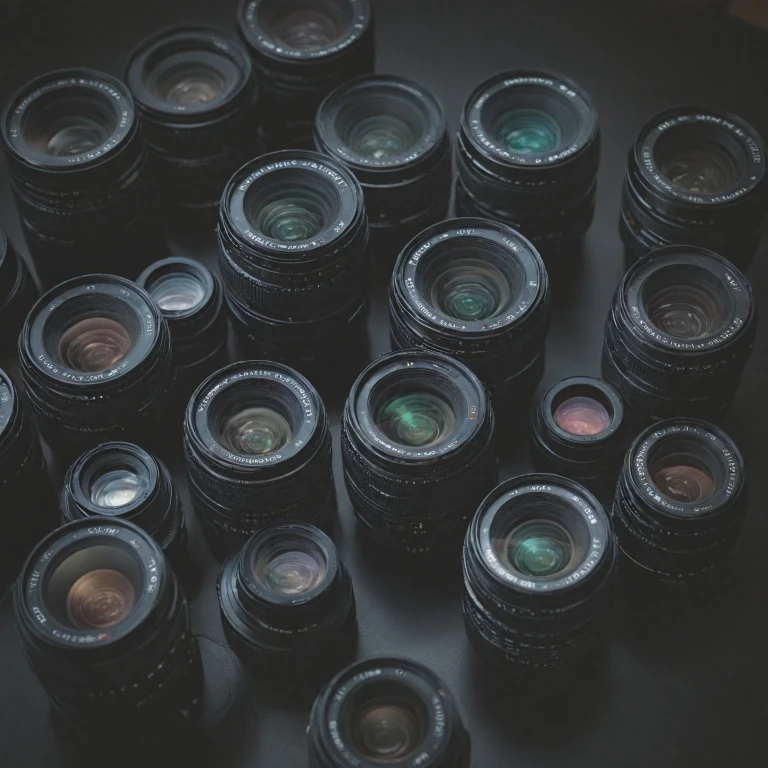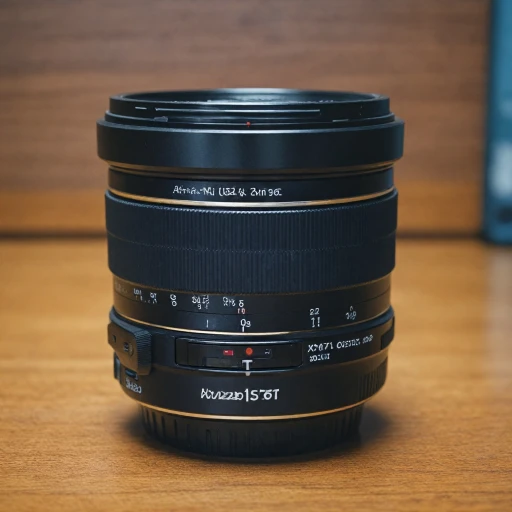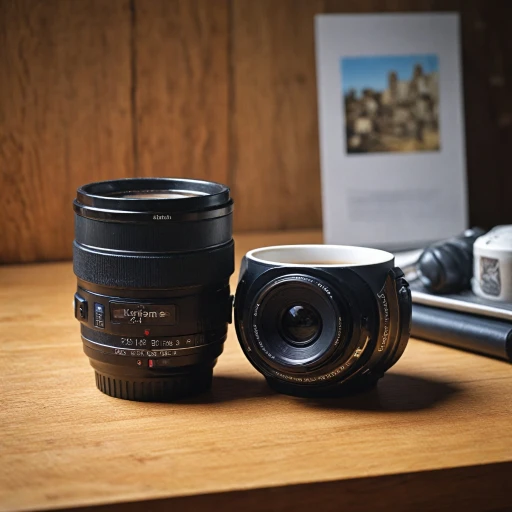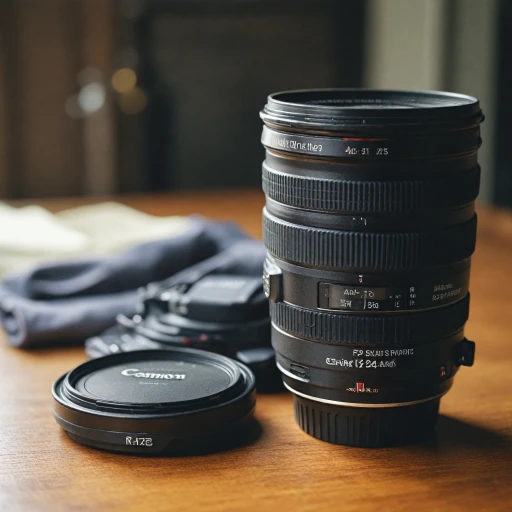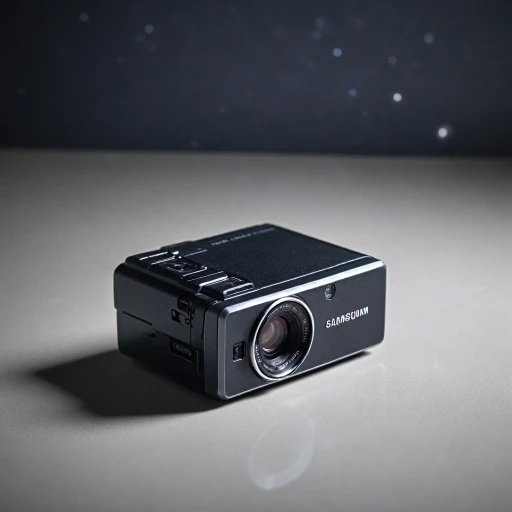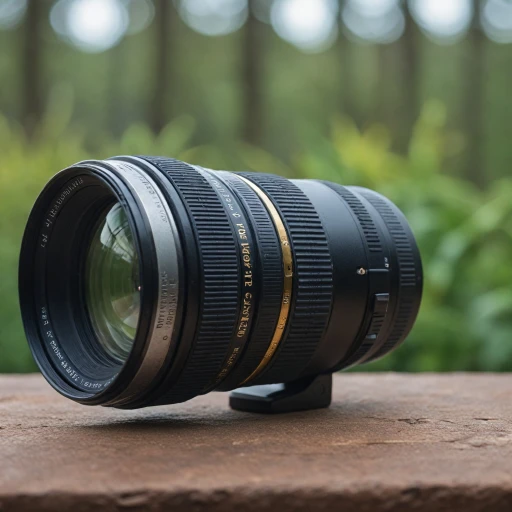
The Basics of Four Thirds and Micro Four Thirds Systems
The Foundation of Four Thirds and Micro Four Thirds Systems
The universe of digital photography has seen significant advancements, and among the most celebrated are the Four Thirds and Micro Four Thirds (MFT) systems. Both are pioneers, each bringing unique benefits to the table, particularly prominent in the realm of digital cameras. The Four Thirds system was first introduced to address the industry's demand for a standardized camera and lens mount system. Primarily backed by Olympus and Panasonic Lumix, it offers a balance between size and image quality, crucial for avid photographers seeking portability without compromising on performance. In essence, the systems aim to fill the gap between compact cameras and their bulkier DSLR counterparts. The Micro Four Thirds system evolved from its predecessor, cleverly eliminating the mirror assembly found in traditional DSLRs. This innovation not only further reduced the camera's size but also allowed for more compact lenses. The MFT format retains the same sensor size as the original Four Thirds, maintaining a wide aspect ratio that is ideal for various focal length needs. Among its notable features, the Micro Four Thirds system offers stunning versatility with its improved compatibility with an array of lenses, including the well-regarded Zuiko Digital and Panasonic Lumix lenses. This system is embraced by both amateur and professional photographers for its ability to offer a broad zoom range—from wide-angle to telephoto zoom, alongside capabilities for macro photography. The true allure of these systems lies in their flexibility and performance. They enable photographers to capture high-quality images with advanced features like image stabilization, leading to sharp photos even in challenging conditions. Whether you're using a standard zoom lens or a specialized macro, these systems can handle various shooting scenarios efficiently. For those inquisitive about wildlife photography and telephoto zoom capabilities, explore this resource for more insights. Mastering the Four Thirds and Micro Four Thirds systems offers a wealth of opportunities in the digital realm. While exploring different lens options, you will discover the nuances of each camera body and system, aiding in selecting the best tool for capturing every unique moment with precision and artistry.Compatibility of Four Thirds Lenses on Micro Four Thirds Bodies
Ensuring Lens Compatibility
When diving into the world of digital photography using a Micro Four Thirds system, it's crucial to understand the compatibility nuances between four thirds lenses and Micro Four Thirds bodies. With brands like Olympus and Panasonic leading the charge, knowing how these lenses interact with your camera body can greatly enhance your photography experience.
The four thirds system, initially developed by Olympus, set the stage for a standardized approach to digital cameras. Micro Four Thirds evolved from this, offering a more compact design while maintaining compatibility with a range of lenses. It's this evolution that allows photographers to potentially use their existing four thirds lenses on new Micro Four Thirds cameras.
Adapting and Using Four Thirds Lenses
To use four thirds lenses, such as the Zuiko Digital range, on a Micro Four Thirds body, an adapter is necessary. These adapters act as a bridge, allowing the lens to mount correctly and enabling full communication between the lens and camera for functions like image stabilization and autofocus.
Although using an adapter slightly extends the lens from the body, it opens up a world of possibilities. Photographers can utilize their trusted wide angle, macro, or telephoto zoom lenses on newer, lighter Micro Four Thirds cameras. The adaptability ensures you don’t have to forgo your favorite focal lengths from your four thirds collection.
Considerations for Ideal Performance
Keep in mind that not all adapters provide the same level of functionality for all lenses. You might encounter slower autofocus speeds or occasional restrictions with certain lens models. For the best performance, using official manufacturers’ adapters, like those from Olympus or Panasonic, is often recommended.
For further insights into the adaptation process and lens performance, consider reviewing reliable sources such as online guides and reviews. For instance, the breakdown of specifics about adapter capabilities can be informative, particularly for unique lenses like the Nikon 500mm F4G ED VR, albeit not directly in the four thirds category, offers insights into potential challenges with lens adaptations.
Benefits of Using Four Thirds Lenses on Micro Four Thirds Cameras
Advantages of Merging Heritage with Modernity
Four Thirds lenses and Micro Four Thirds cameras together craft a unique photographic harmony. Embracing the legacy of older Four Thirds technology while harnessing the power of Micro Four Thirds potential can yield impressive photographic results. Let's explore some of the key benefits of this integration:
- Expanded Lens Options: Utilizing Four Thirds lenses on Micro Four Thirds bodies opens up a vast range of lens choices, from telephoto zooms to wide angles. Olympus Zuiko and Panasonic Lumix lenses, known for their reliability, become a versatile addition to any photographer’s toolkit.
- Superior Image Quality: Many Four Thirds lenses, such as the Zuiko Digital series, are renowned for their optical precision. Coupling these lenses with a modern Micro Four Thirds system can enhance overall image quality, particularly for zoom and macro photography.
- Cost-Effective Adaptability: Rather than investing in an entirely new set of lenses, photographers can adapt existing Four Thirds lenses to a Micro Four Thirds body. This provides an economical way to transition into modern photography without sacrificing the performance of trusted lenses.
- Image Stabilization Harmony: Micro Four Thirds cameras often include advanced image stabilization features that can complement the optical capabilities of Four Thirds lenses, especially beneficial for telephoto zoom shots where a steady focus is crucial.
The collaboration of these systems ensures not only a broader zoom range but also the beneficial use of camera features like superior image stabilization, which is a staple in digital pro photography. Understanding the role of lighting in conjunction with these adaptations can further elevate photography to new creative heights.
Challenges and Limitations to Consider
Understanding the Limitations of Compatibility
When using Four Thirds lenses on Micro Four Thirds systems, there are a few limitations to be aware of. Understanding these challenges can help you make informed decisions about how best to utilize your camera equipment.- Autofocus Performance: While the core systems of both Olympus and Panasonic provide robust autofocus capabilities, pairing Four Thirds lenses with Micro bodies may lead to slower or less accurate autofocus performance. Factors like focal length and lens type, such as a telephoto zoom or macro lens, can influence this.
- Size and Weight Discrepancy: Four Thirds lenses, particularly those with a wide angle or zoom range, are often larger and heavier than their Micro Four Thirds counterparts. This can affect the balance and handling, especially on smaller Micro Four Thirds cameras like the Olympus PEN or Panasonic Lumix models.
- Image Stabilization: The integration of image stabilization might not be as seamless. While some Four Thirds lenses do feature in-lens stabilization, relying on the camera body’s stabilization might yield better results with certain Micro Four Thirds cameras.
- Aperture Limitations: The difference in system design may also cause discrepancies in aperture performance. Utilization of a larger aperture might not be as effective, impacting the depth of field and exposure settings.
- Full Frame Considerations: Those looking to transition to a full frame system in the future should consider these investments wisely. Keeping in mind the Four Thirds and Micro Four Thirds systems are not compatible with full frame cameras is essential when planning long-term photography gear acquisitions.
Tips for Optimal Use of Four Thirds Lenses on Micro Four Thirds
Enhancing Performance and Experience
When integrating Four Thirds lenses with Micro Four Thirds cameras, there are a few techniques to make the most out of your setup and achieve better results.
- Use Quality Adapters: Choosing a high-quality adapter is crucial for ensuring a secure fit and optimal electronic connection between the lenses and the body. This can help in maintaining image stabilization, autofocus, and other functionalities.
- Explore Manual Settings: Some adapters may not support all digital communications between the lens and the camera. In such cases, manually adjusting settings such as focal length and aperture can yield better control over the zoom range and image quality.
- Focus on Stabilization: Not all Four Thirds lenses come with built-in stabilization. Consider relying on your camera body's image stabilization system to mitigate potential camera shakes, especially when using telephoto zoom lenses or when shooting in low light conditions.
- Optimize Zoom Range: Understanding the equivalence in focal length between full frame and Micro Four Thirds is key. This knowledge allows you to use wider angles effectively by adjusting your zoom lens to its best potential.
- Experiment with Macro Photography: Utilizing macro lenses can be quite rewarding, given the compact nature of the Micro Four Thirds system, allowing you to get closer to your subject while maintaining focus.
Applying these tips helps to maximize your setup’s capability and unlocks new possibilities in your photographic endeavors, delivering a satisfying experience with the combination of Olympus or Panasonic components.
